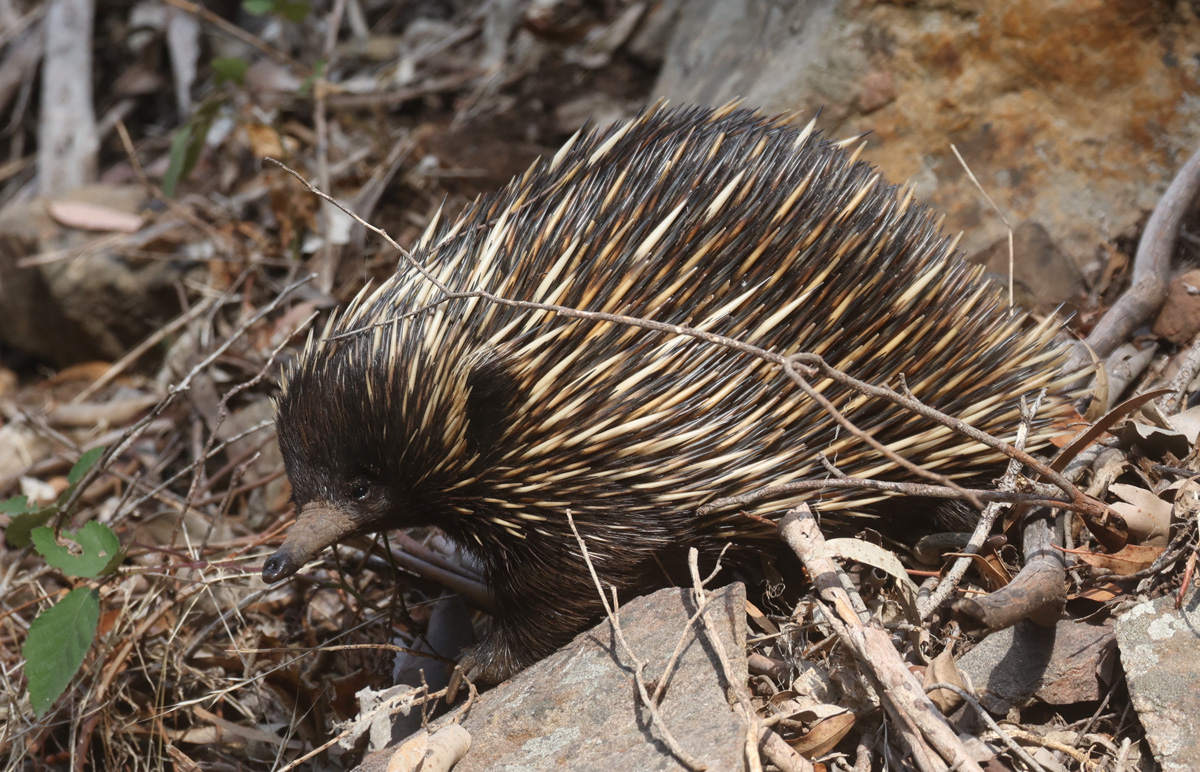Media release
From:
Researchers from the University of Adelaide, in collaboration with the University of Melbourne, University of Queensland and Monash University, have discovered that the genetic mechanism that determines sex in monotremes is different from all other mammals.
Monotremes, which include echidnas and platypuses, differ in many aspects of their biology to all other mammals. Most distinctly, they lay eggs into a transient pouch rather than giving birth to live young.
In almost all mammals, male sex-determination occurs via the SRY gene on the male Y chromosome. Monotremes have evolved a totally different sex chromosome system that lacks the SRY gene.
New evidence recently published in Genome Biology strongly supports that sex determination occurs through the Y-localised anti-Müllerian hormone (AMHY) gene in monotremes.
“The identity of the sex determination gene of egg-laying mammals has been a mystery for more than 20 years, since it was discovered that monotremes had sex chromosomes very different from those of all other mammals,” says co-lead author Dr Linda Shearwin, from the University of Adelaide’s School of Biological Sciences.
“In this research, we provide evidence that supports AMHY as the sex determination gene of monotremes and gives the first insight into genetic control of sexual development in these mammals.
“This new understanding fills a significant knowledge gap and ultimately can be used to support conservation of these iconic Australian mammals.”
Not only is the gene that determines sex different in monotremes than in other mammals, it also performs this function differently.
“All other known mammalian sex determination genes act directly on the DNA of the cell to switch on the male development pathway genes,” says Dr Shearwin.
“AMHY is a growth factor, which is secreted and acts through a cell surface receptor to change gene expression in cells.
“In some fish and amphibian species, AMH is the sex determining gene, but AMHY in monotremes would be the first known example of a growth factor playing a sex determining role in mammals.”
AMH is an important protein hormone for human fertility, and now that the full details of the AMHX and AMHY proteins in monotremes are known, researchers can compare them with other mammals.
“Comparisons between the proteins of distantly related species, such as monotremes and humans, can give valuable information about what is essential for a protein to be functional.” says Dr Shearwin.
“In future work we would like to investigate whether the monotreme AMHY growth factor acts differently to other known AMH proteins. This will give functional insight into a unique mammalian sexual development pathway.”
The University of Adelaide and the University of South Australia are joining forces to become Australia’s new major university – Adelaide University. Building on the strengths, legacies and resources of two leading universities, Adelaide University will deliver globally relevant research at scale, innovative, industry-informed teaching and an outstanding student experience. Adelaide University will open its doors in January 2026. Find out more on the Adelaide University website.



 Australia; VIC; QLD; SA
Australia; VIC; QLD; SA


